I. Introduction: The Allure of Basil
Basil, often referred to as the “king of herbs,” is not just a staple in kitchens worldwide but also a cherished plant for garden enthusiasts. Its delightful aroma and the burst of flavor it adds to dishes make basil an unparalleled addition to any culinary repertoire. Whether you're crafting a sumptuous pesto or topping off a fresh caprese salad, basil is the green gem that elevates your gastronomic creations. Did you know that basil was once believed to hold magical properties? In ancient Greece, it was considered a symbol of mourning, while in India, it is revered as a holy herb. This multifaceted plant has been cherished across cultures and centuries, making it a historically significant as well as an indispensable contemporary plant.II. Understanding Basil: An Overview

A. Types of Basil
Understanding the different types of basil is essential for selecting the appropriate variety for your culinary and gardening needs. Here are some of the most popular basil types you should consider for your garden or kitchen:1. Sweet Basil
The most common variety, Sweet Basil, features large, rounded leaves and a sweet, peppery flavor. It's ideal for Italian dishes and is the primary ingredient in classic pesto recipes.2. Genovese Basil
Closely related to Sweet Basil, Genovese Basil is prized for its tender leaves and authentic, robust flavor. It’s a favorite among chefs and cooks who specialize in Italian cuisine.3. Thai Basil
Identifiable by its smaller, pointed leaves, Thai Basil boasts a distinctive licorice-like taste, making it perfect for Southeast Asian dishes. Its purple stems and blossoms add visual interest to any garden.4. Purple Basil
Known for its striking purple leaves, this variety adds a splash of color both in the garden and on the plate. The flavor is similar to Sweet Basil but offers a slight clove-like undertone.B. Basil in the Culinary World

III. Planting Basil: Step-by-Step
A. Choosing the Right Location
Basil thrives in warm climates and is sensitive to cold environments. Choose a sunny spot in your garden or a well-lit windowsill indoors for the best growth results. Ideally, basil requires 6-8 hours of direct sunlight daily.B. Preparing the Soil
1. Soil Composition
Basil prefers well-draining soil rich in nutrients. A mix of potting soil with compost can help ensure adequate drainage and provide the necessary nutrients. If planting in a garden, ensure the plot is elevated to avoid waterlogging during heavy rains.2. Soil pH Levels
Basil thrives in soil with a pH range of 6.0 to 7.5. You can use a home testing kit to analyze soil pH and amend it with lime to raise pH or sulfur to lower pH as needed.C. Planting Basics

1. Seeds or Transplants?
Starting basil from seeds is economical and surprisingly simple. Plant seeds about 1/4 inch deep and space them 12 inches apart if you’re planting in-ground. Alternatively, you can purchase basil transplants for a quicker start.2. Planting Time
The best time to plant basil outdoors is after the last frost in spring. For indoor planting, you can start year-round, ensuring your basil gets ample light and warmth.D. Incorporating Basil into Your Indoor Space
At Plantology, we believe that every kitchen can benefit from a fresh herb at hand. Consider planting basil in decorative pots or planters to enhance both the functionality and aesthetic of your space. For additional inspiration on indoor herb gardens, don’t miss our curated selection of planting accessories on our website.IV. Caring for Your Basil Plant
A. Watering Needs
Basil requires consistent moisture but doesn’t fare well with over-watering. Aim to keep the soil uniformly moist by watering when the top inch feels dry. Basil prefers morning watering to prevent fungal diseases.B. Fertilization

1. Choosing the Right Fertilizer
Use a balanced all-purpose fertilizer once a month. Organic options like compost or fish emulsion are excellent for basil as they are gentle and contribute to healthy plant growth.2. Application
Apply the fertilizer away from the base of the plant to avoid burning the roots. Generally, a tablespoon sprinkled around each plant should suffice during each application.C. Pruning and Harvesting
1. Best Practices for Pruning
Regularly pinch back the tops of your basil plant to encourage bushy growth. Begin pruning when the plant has at least six leaves.2. Harvesting Tips
To harvest, snip the leaves as needed just above a pair of leaves on the stem. Regular harvesting not only supplies you with fresh leaves but also promotes new growth.D. Pest and Disease Management

V. Maximizing Your Basil Harvest
A. Extending Freshness
To enjoy your basil harvest for a longer period, store fresh leaves in a glass of water at room temperature. For preservation, consider drying or freezing basil leaves, which retain much of the herb's vibrant flavor.B. Making the Most of Your Leaves
Explore creative ways to use basil, from basil-infused oils, vinegars, to elaborate garnishes for an impressive culinary presentation. Let your culinary creativity shine with fresh basil additions in everything you prepare.VI. Conclusion: Elevate Your Herb Garden with Basil
Growing basil not only enriches your kitchen pantry but adds vitality and aroma to your home garden. As you nurture your own basil, remember that Plantology is here to support your journey with an array of products to complement your green space. Delight in our Agave Blue plants or add a tropical feel with our Adonidia Palm Double for a garden that is as lush as it is functional. By investing in basil and cultivating it with care, you reap the endless possibilities this culinary superstar offers, enhancing flavors and bringing joy to every meal shared with family and friends. Visit us at Plantology for more gardening tips and plant inspirations.VII. The Cultural Significance of Basil

A. Historical Insights
Basil's rich cultural tapestry extends beyond culinary boundaries. Its significance in rituals, medicine, and folklore provides fascinating insights into how societies have interacted with and assigned meanings to this herb throughout history.1. Ancient Traditions
In ancient Egypt, basil was used in the embalming process, and its association with preservation made it a symbol of protection in the afterlife. Hieroglyphics indicate that basil had a sacred aspect, resonating with the Egyptian emphasis on eternity and life.2. The Mystical Middle Ages
During the Middle Ages in Europe, basil was thought to possess magical properties. It was used in various love potions and was believed to bring good fortune. The Swiss physician Paracelsus emphasized basil's medicinal uses, promoting it as a fortifying tonic.3. Modern Day Reverence
Today, basil continues to hold spiritual significance in India, where it is known as "Tulsi" and venerated in Hindu temples and homes as a manifestation of the goddess Lakshmi. This reverence imbued everyday culinary and medicinal uses with divine importance, further cementing basil’s status in cultural practices.B. Basil in Literature and Art
Basil has left an indelible mark on literature and art as well. In John Keats' poem "Isabella, or the Pot of Basil," the plant symbolizes love and loss, reflecting the complex emotions tied to basil in historical texts. Artworks from the Renaissance to the modern era often depict basil in still lifes, illustrating its aesthetic allure and symbolic fertility.VIII. Basil's Health Benefits

A. Nutritional Profile
Basil is a source of essential vitamins and minerals. A fresh serving of basil leaves provides vitamins A, C, and K, as well as minerals like calcium, iron, and magnesium. Additionally, basil is rich in antioxidants, which contribute to its therapeutic uses.B. Medicinal Uses and Benefits
1. Anti-inflammatory Properties
Basil contains essential oils such as eugenol, citronellol, and linalool, which have potent anti-inflammatory properties. These compounds help reduce inflammation, potentially aiding conditions like arthritis and inflammatory bowel syndrome.2. Antioxidant Defense
The antioxidants in basil help combat oxidative stress and free radicals in the body, which are linked to chronic illnesses such as cancer and heart disease. By bolstering the body’s defense against oxidative damage, basil supports overall cellular health.3. Enhancing Mental Health
Basil has adaptogenic properties, which means it helps the body adapt to stress and restore balance. Incorporating basil into your diet can aid in managing anxiety and enhancing mood stability, potentially reducing the risks of stress-related ailments.4. Aiding Digestion

C. Practical Applications in Herbal Medicine
Basil's versatility extends beyond culinary delights, finding applications in teas, tinctures, and essential oils. These forms harness the herb's medicinal properties for ease of use in daily wellness practices.IX. Exploring the Diverse Uses of Basil
While its reputation as a kitchen staple is well-deserved, basil's utility stretches far beyond the culinary domain. This section delves into the creative, non-food applications of this multifaceted herb.A. Homemade Beauty Treatments
1. Skin Health and Care
Basil is valued for its antibacterial and anti-inflammatory properties, making it an effective natural treatment for acne and skin irritations. A basil-infused toner or mask can help refresh and balance the complexion.2. Hair Care Benefits
Rich in antioxidants, basil can help promote healthy hair growth and combat dandruff. A basil-infused hair rinse can invigorate the scalp, enhancing hair health and shine.B. Aromatherapy and Home Fragrances
The fresh, peppery scent of basil is known to invigorate the senses and elevate mood. Basil essential oil, used in aromatherapy diffusers or as a room spray, can infuse spaces with freshness and clarity, supporting a tranquil environment.C. Basil in Craft and Decor

X. Future Trends and Innovations
As our understanding of herbs and plants evolves, so do the ways we can integrate them into our daily lives. Let’s explore some exciting trends and innovations relating to basil.A. Hydroponics and Indoor Gardening
With the surge of urbanization, hydroponic systems offer innovative solutions for growing basil in space-limited environments. These systems require minimal soil, leveraging nutrient-rich water solutions to produce lush basil crops indoors year-round.B. Genetic Research and Agricultural Advancements
Genetic research continues to explore new basil cultivars that are more resistant to pests and environmental stressors. Breakthroughs could lead to hardier basil varieties that require fewer agricultural inputs, fostering sustainable farming practices.C. New Culinary Horizons


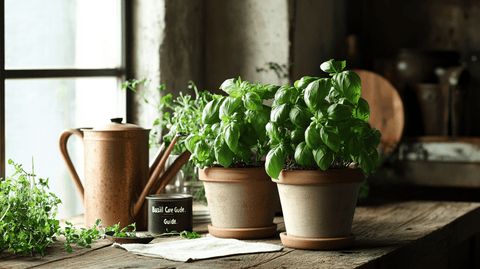

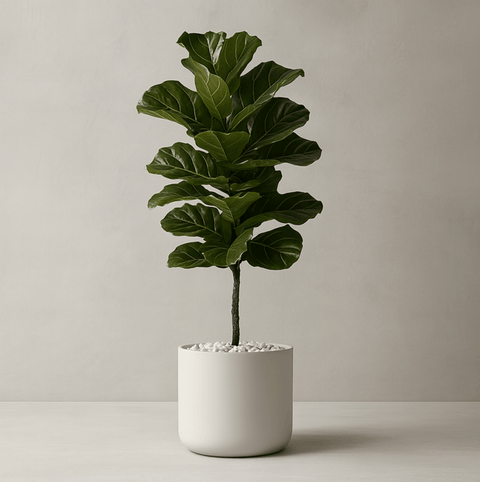
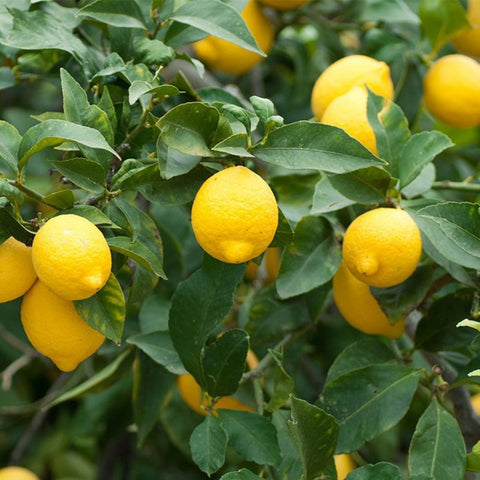
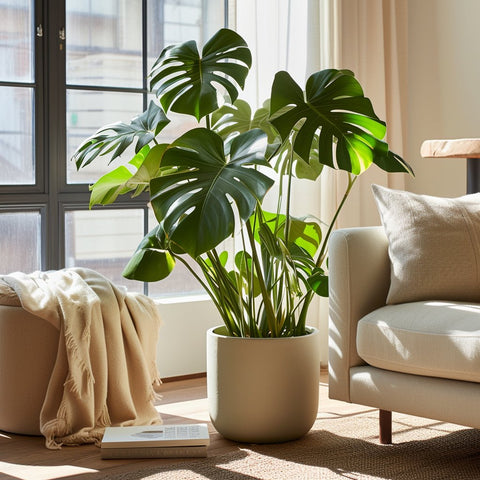
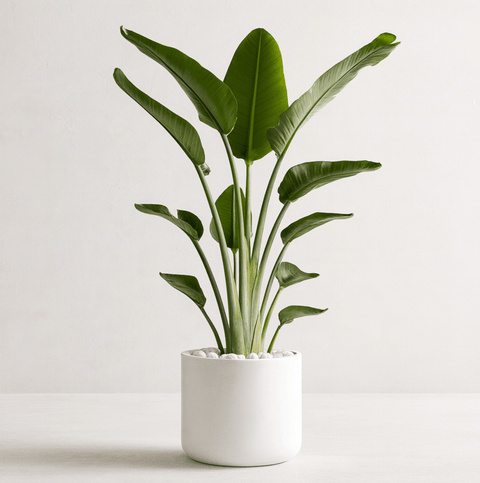

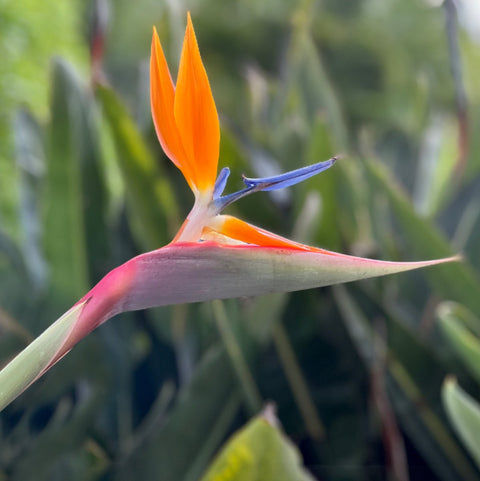
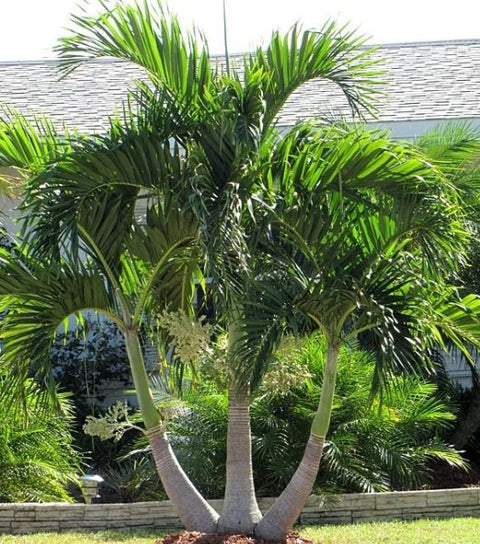
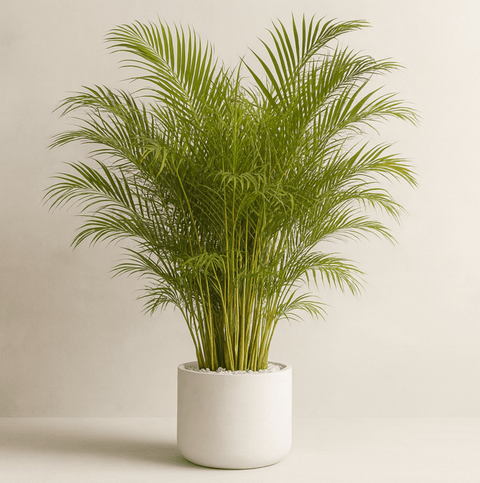


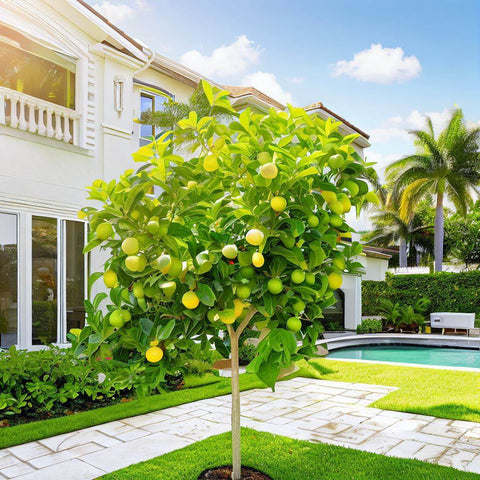


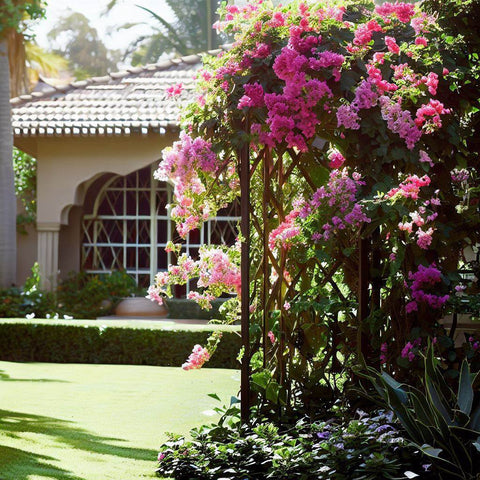
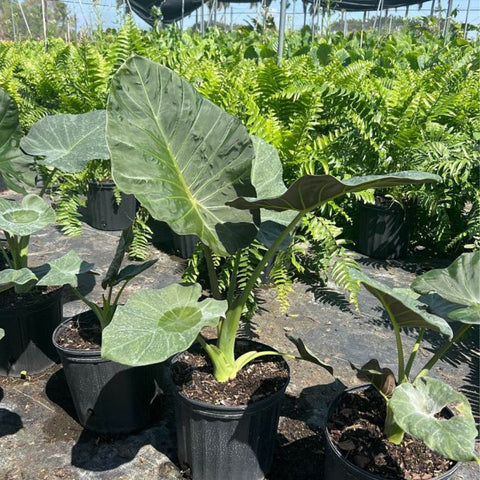
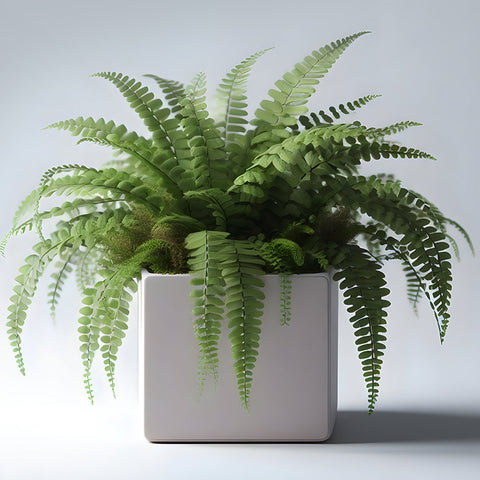

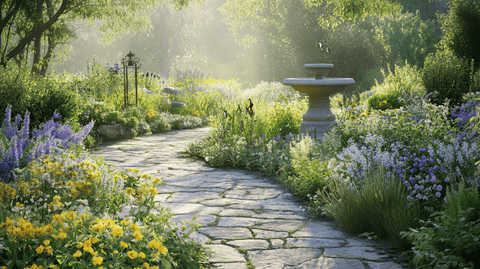

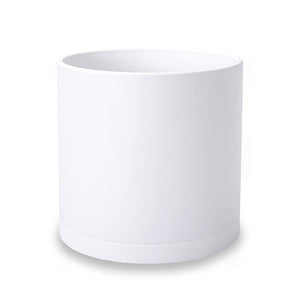
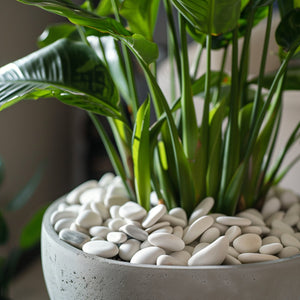

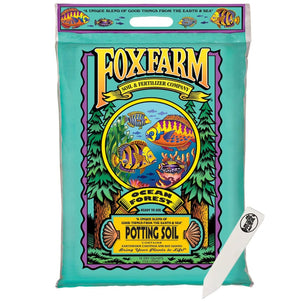
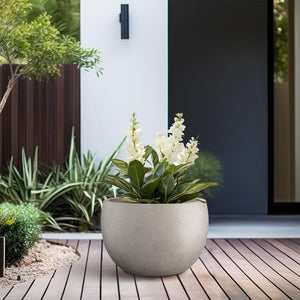



Comments (0)
There are no comments for this article. Be the first one to leave a message!